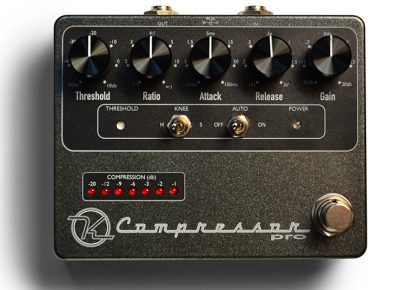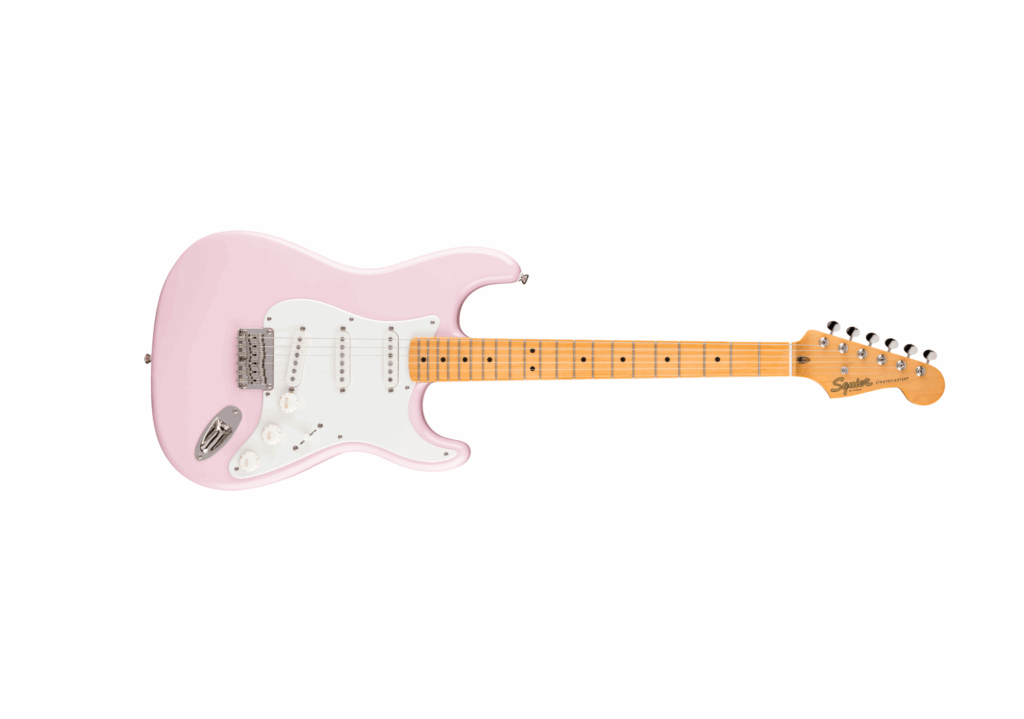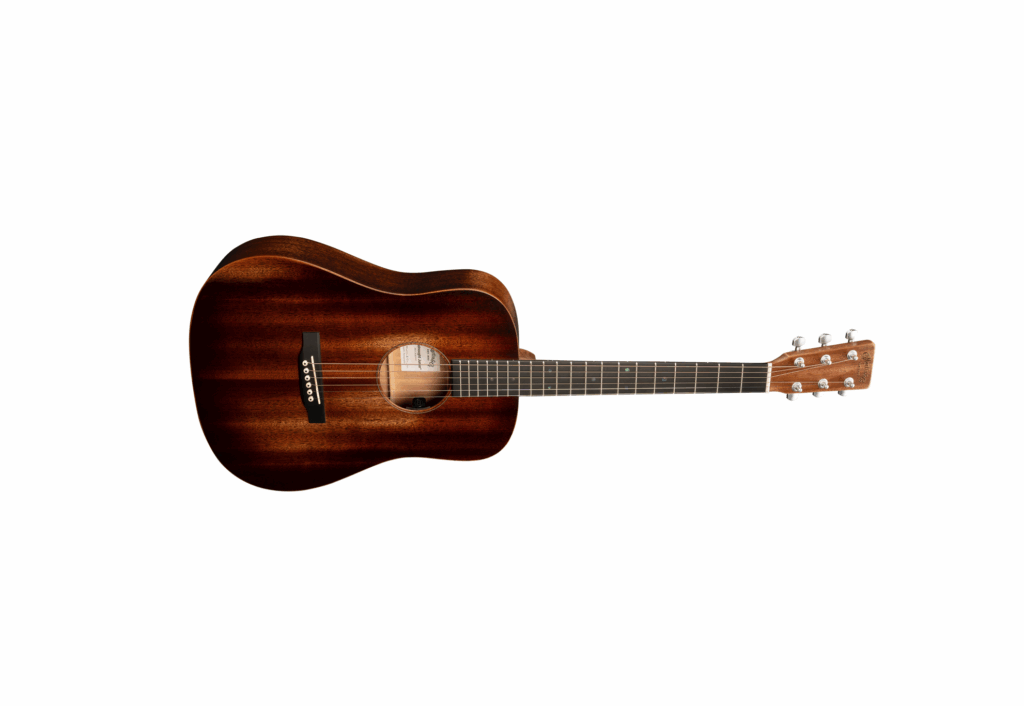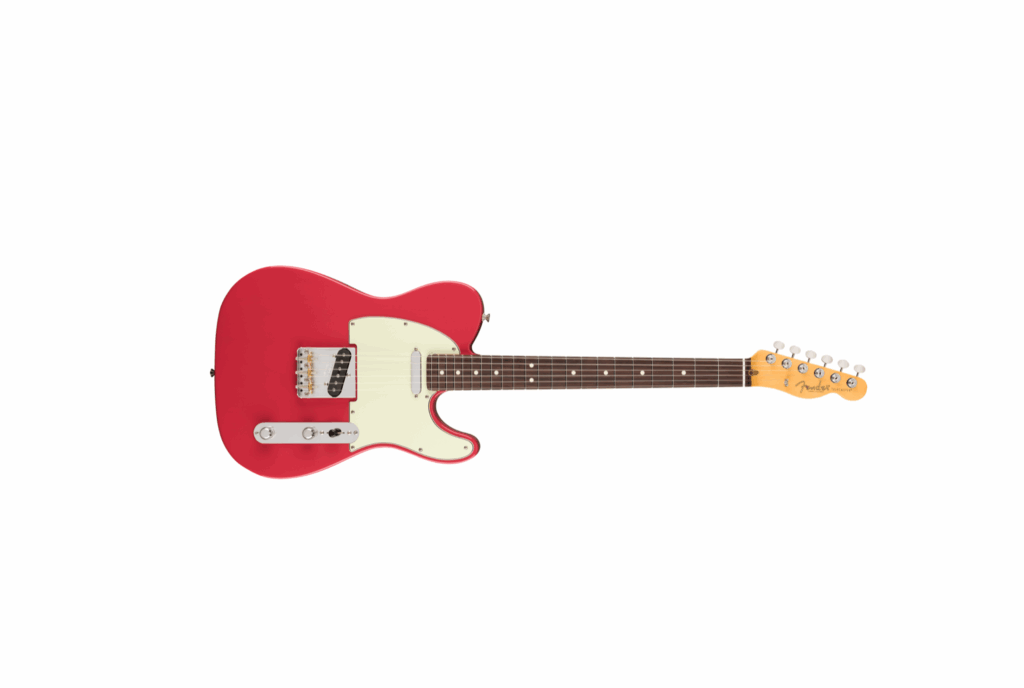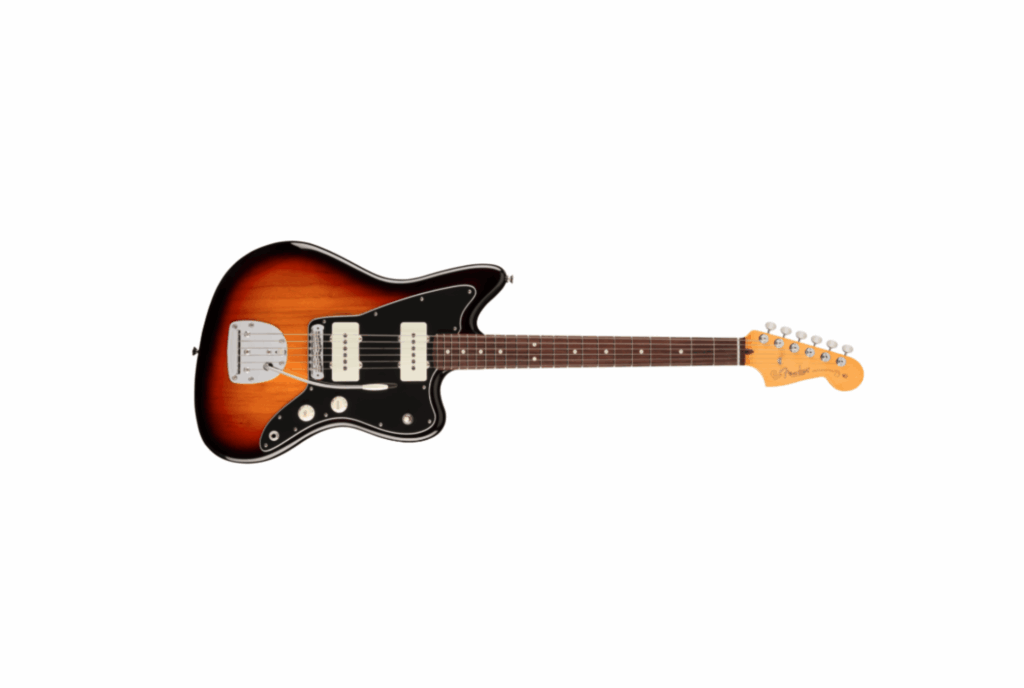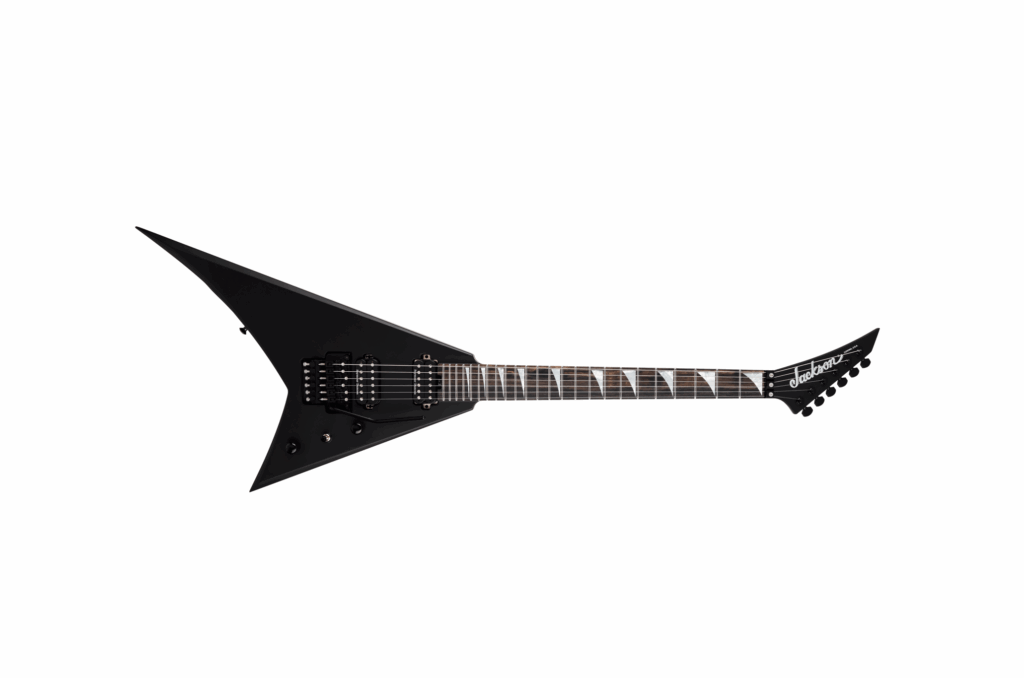Radial is the brainchild of Canadian Peter Janis, who started out co-developing a 3-channel guitar amp a few years ahead of Mesa Engineering with his business partner Denis Rozon. Janis went on follow the path opened up to him by designing sound systems incorporating high-end audio in the dawn of disco. Radial would eventually buy out Rozon’s Tonebone brand in the 90s and as a result I find myself standing humbly before their newest concoctions; the Direct Drive and Mix Blender.
DIRECT DRIVE
The Direct Drive comes with a somewhat quizzical directive. It’s essentially a DI box with designs on being a stack, intended first and foremost for live use. “Why wouldn’t I just bring my JCM800 to the show?” You ask? I’ll get to that, first we’ll run through what we’re looking at. Starting with the 1⁄4” input jack, you have the option of sending the coloured signal out via a balanced XLR or another 1⁄4” TRS or both. You also have an isolated tuner out and thru-put that sends untouched signal to the aforementioned Tonehenge. On the DI side of things there is an efficient ground lift and polarity switch so you can tune to the PA on the fly, everything you’d expect from the leader of the direct signal pack.
On the right side of the faceplate we stumble upon two modest switches, bright/ normal and the three-way amp simulation selector. What Radial have done is mapped out the way an SM57 reacts to signal when it’s squarely in front of a 4×12 half stack, a closed back cabinet and a Fender-esque combo and designed circuitry to match. Here’s where the whole conversation becomes interesting, especially if you’re the one riding faders. One idea of the many offered on the road map to be found (and exhausted if you have the time) on the website is to put the Direct Drive at the end of your pedal chain and send clean, thru signal to the amp coupled with the XLR send to you desk. From there, dial in a mixture of stage and direct colours for ultimate tonal control out the front with more than a little bit of character at your disposal. Sounds complicated but it’s actually a really clever trick that has the potential to turn an average mix into an incredible one.
It’s not like they’ve gone all gung-ho and digitally replicated ‘all your favourite rigs in one box!’ Far from it, it’s not an actual difference in tone you’re hearing. It’s essentially the way the circuitry’s harmonics react to the original signal as opposed to a set of ugly roll-offs doing all the work, not unlike changing pickups but without the major surgery. For arguments sake I ran it directly into my amp and the cross section of colours is subtle and satisfying even without doing any of the tricky stuff.
MIX BLENDER
Speaking of clever little tricks, any of us who have ever tried to play two guitars as disparate as a Les Paul along side a Strat into one rig at a show will know how disappointingly difficult this is to pull off. The difference in magnet weights, wiring paths and any number of other problematic nuances mean you’re forever adjusting levels and riding faders in order to engender some semblance of balance to proceedings. This is where the Tonebone Mix Blender comes in.
Two 1⁄4” ins on one side with separate level knobs, a single out on the other, a buffered effects send and a blend knob; by Jove that sounds to me like a mix bus!! And that folks is essentially you’re looking at! Simple, solid, quality genius; problem solved.
Radial Engineering has positioned itself at the head of the pack of problem solvers for musicians at any stage in their career. The fact that both Kerry King of Slayer and Chick Corea both have their faces on the packaging is testament to the trustworthy and universal nature of their designs. Anywhere there is tone to be chased, anywhere heads are being scratched looking for sonic solutions you bet your bottom dollar these guys have the answer.
For more details, head to ambertech.com.au.

